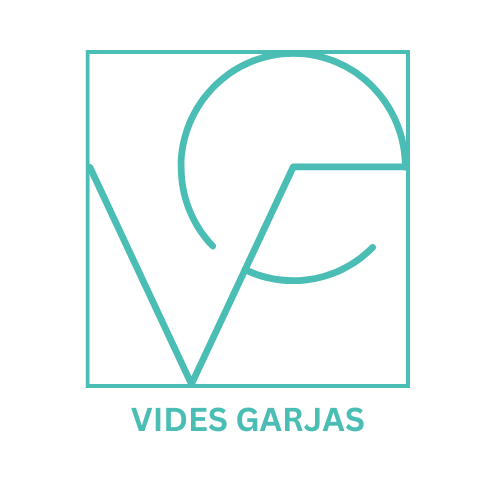When I read the materials on motivation in digital learning environments, I became more aware of how goal setting and social pressure affect adult learners in online courses. This caught my attention between goal setting and social pressure and how adult learners respond to tasks and challenges in digital environments.
Goal Setting and Social Pressure – How do they work together?
Goal setting involves defining clear and measurable targets, like completing a course by a specific date or earning a certain grade. For working professionals, this might mean aiming for a promotion or updating credentials. These goals create focus and structure. Social pressure, on the other hand, comes from the influence of peers or colleagues. It can serve as a salve that pushes us forward or, when mishandled, becomes a source of undue stress.
In online learning, these two factors often go hand in hand. I set a personal deadline to finish all my weekly assignments by Saturday. That goal helps me stay on schedule. At the same time, knowing that my classmates are working toward similar deadlines creates a low-stakes sense of friendly pressure. There’s a sense of shared rhythm. During group projects, we often share our weekly targets. When I see others making progress, I feel a renewed sense of focus.
The desire to keep up with others can encourage us to stay committed and participate more actively. However, if the pressure feels intense, like constantly feeling judged or compared to others, it can have the opposite effect, leading to anxiety and disengagement.
The Hurdles Adult Learners Face When Setting Goals
Adult learners often encounter unique challenges when it comes to setting and achieving educational goals. Unlike traditional students, adults usually have to balance multiple responsibilities such as work, family, and personal commitments.
A working parent might struggle to find time for study sessions while also managing job duties and caring for children. Similarly, someone who graduated years ago and is now returning to school to keep up with professional trends may find it hard to adjust, especially when trying to figure out the best learning approaches.
These realities make it difficult to set and stick to goals. The issue is about the time and the mental bandwidth required to remain consistent.
Social Pressure and Self-Directed Learning
Self-directed learning demands initiative. Learners choose what to study, how to study, and when to study. The process involves setting personal goals and managing progress without rigid classroom structures.
Let’s say I want to improve my writing. I set a goal to complete writing exercises three times a week and use online resources to guide my progress. I track outcomes and adjust methods as needed. This style of learning appeals to those with a proclivity for autonomy.
Still, social pressure shapes this process. Peers, family members, or colleagues may carry expectations. These can act as catalysts or complications. A colleague pursuing certification might reignite my drive to stay on track. But if I perceive their pace as superior, I risk slipping into self-doubt.
Finding balance is critical. Instructional designers can support this by embedding tools for reflection, communication, and progress monitoring. These features help learners find clarity and persist without falling into comparison traps.
How Goal Setting Helps Me Stick with Online Courses
Goal setting has grounded me in online courses. I break large objectives into smaller, manageable milestones. Instead of declaring, “finish the course,” I commit to completing one module per week. This approach feels less daunting and more doable.
Even in self-paced settings, I create personal deadlines. I mark my calendar with check-ins and module targets. These timelines act as apertures—offering focus without rigidity.
I also reward progress with modest incentives. After finishing a complex task or reaching a milestone, I treat myself to a walk, a good show, or a delicious meal. These rewards, while simple, energize my momentum and reduce the likelihood of burnout.
What can I do as a future practitioner in Instructional design?
As a future instructional designer, I plan to design environments that acknowledge the subtle yet powerful roles of goal setting and social pressure. I will create structures that support learners without becoming imperious.
Tools like progress dashboards, asynchronous forums, and flexible timelines will help learners set goals and stay accountable. I will embed support systems that feel organic, not derivative—systems that meet learners where they are. With the right scaffolds, adult learners survive these challenges, which makes it easier for them to stay on track and achieve their goals.
References
Lin, M., Chen, H., & Liu, K. (2017). A study of the effects of digital learning on learning motivation and learning outcome. EURASIA Journal of Mathematics, Science and Technology Education, 13(7), 3553–3564. https://doi.org/10.12973/eurasia.2017.00744a
Seifert, K., & Sutton, R. (2018). Motivation theories on learning. In R. E. West (Ed.), Foundations of learning and instructional design technology. EdTech Books. https://edtechbooks.org/lidtfoundations/motivation_theories_on_learning
Zhang, P. (2021). Understanding digital learning behaviors: Moderating roles of goal setting behavior and social pressure in large-scale open online courses. Frontiers in Psychology, 12, 783610. https://doi.org/10.3389/fpsyg.2021.783610




